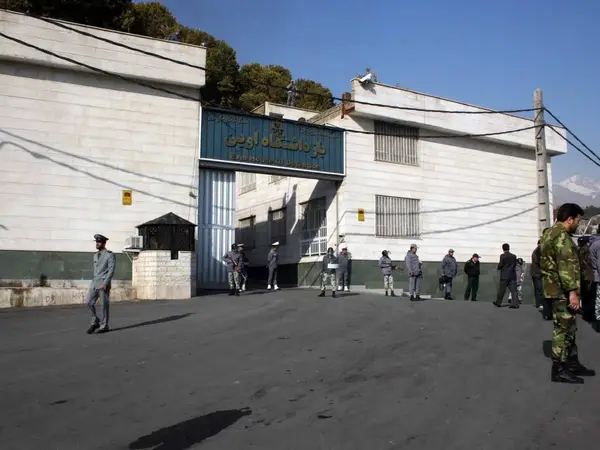Since protests began, regime agents have arrested nearly 20,000 Iranians during or between rounds of protests, many have been released but a few died apparently with no certain reason.
Fatemeh Mohammadi, who was freed earlier in the week, was fortunate enough that she went through some detoxification process immediately after her release, but 19-year-old Yalda Aghafazli died last month after being released from prison without any medical preconditions.
At the hospital, tests indicated a significant amount of narcotics in her blood system. According to reports, many of her friends who were arrested during protests and were later released have shown similar symptoms of poisoning.
Mehdi Zare Ashkzari was an Iranian student at the University of Bologna, Italy, who had traveled to Iran for the funeral service of his mother. He was arrested during the Iranian protests and fell into a coma after release and died 20 days later this week. In his case, reports say he had suffered intense tortures.
Some of those who die after time in prison commit suicide. There are allegations that most of the detainees were force-fed heavy doses of drugs during the days at the detention centers, that seems to heighten suicidal thoughts.
In November, Arshia Emamgholizadeh, 16, was arrested in East Azarbaijan province for tossing a turban of a cleric, which has become a new symbolic act of protest. He was kept in prison for ten days. After ten days, he was released on bail. Arshia committed suicide two days later. He had told his friends that prison authorities gave them some pills to swallow every night, as well as torturing them.
Dr. Maziar Ashrafian Bonab, UK-based forensic and medical geneticist, told Iran International in early December that there is probably no mysterious drug involved but the psychological trauma that these young adults went through made them suicidal. However, he cited some reports that said suicidal ideation heightens after intake of derivatives of potassium aspartate. Such medicine can lead to instant death in high doses and suicidal thoughts in lower doses.
He also called on all those who are released from the regime’s prisons to take blood and mineral tests as soon as they get out. According to a study at the UK and reported by the Guardian, even the happy drug Prozac class of antidepressants can make healthy men, women and children with no history of depression feel suicidal.
Some doctors believe that whatever they are taking in detention, the abrupt stop of the drug causes suicidal tendencies, because there are many psychiatric medicines that should be tapered out otherwise their withdrawals lead to serious damage.
A group of members of the medical community -- who called themselves The Physicians' Unity (Etehad Pezeshkan) -- has called on international bodies to probe the deaths of the Iranian protesters. Many people are of the opinion that the authorities are intentionally killing the protesters without actually taking responsibility for them to avoid international outcry.
Such reports about the death of prisoners after release are not limited only to the last three to four months of protests, but the frequency of such deaths has never been so high. For instance, Siavash Bahrami, a Kurdish political prisoner, died three days after his release in May 2022. Hengaw, a Norway-based rights group which monitors abuses in Kurdish areas, reported at the time that he was injected with some unknown substance in the prison.
The Islamic Republic is killing its critics in so many ways now, from shooting them on the streets to executions, torture and psychological pressure. Earlier in the week, Maryam Salimian, an Iranian painter, committed suicide after she found out at the airport that she is banned from leaving the country to pursue her passion after she was admitted to a university in Austria.
